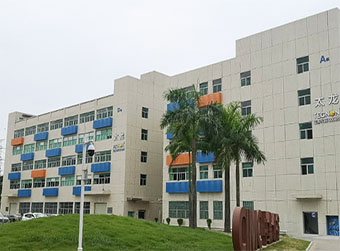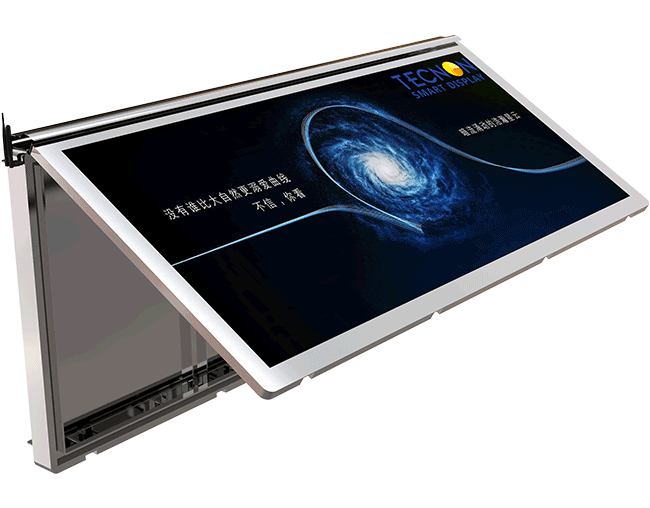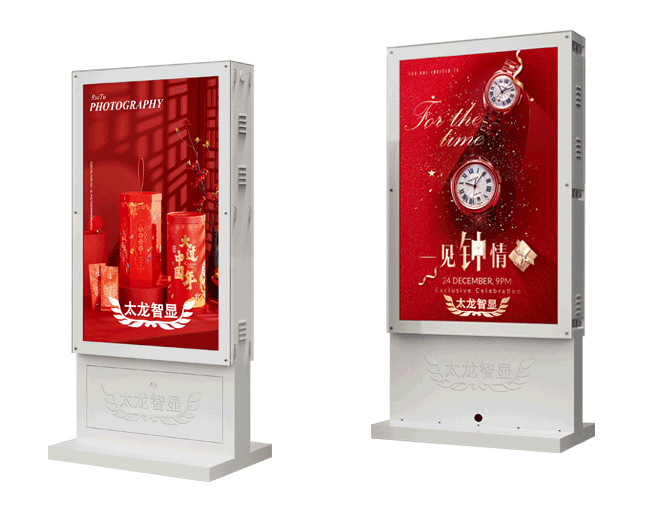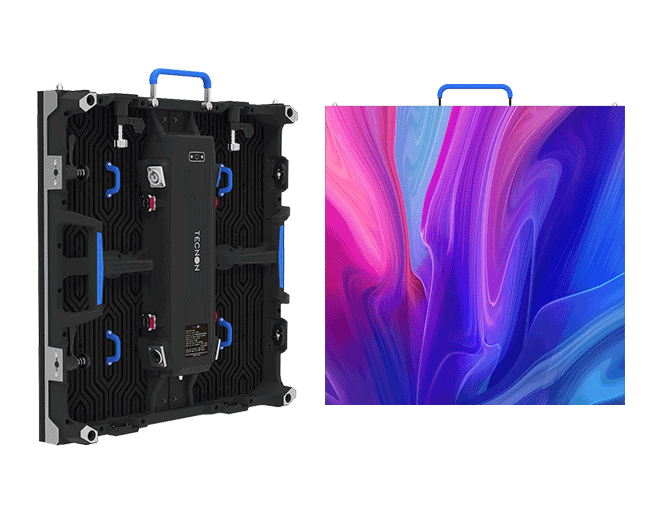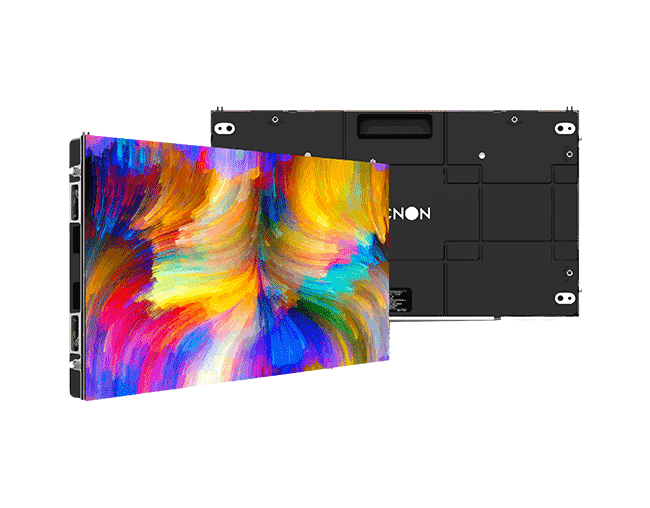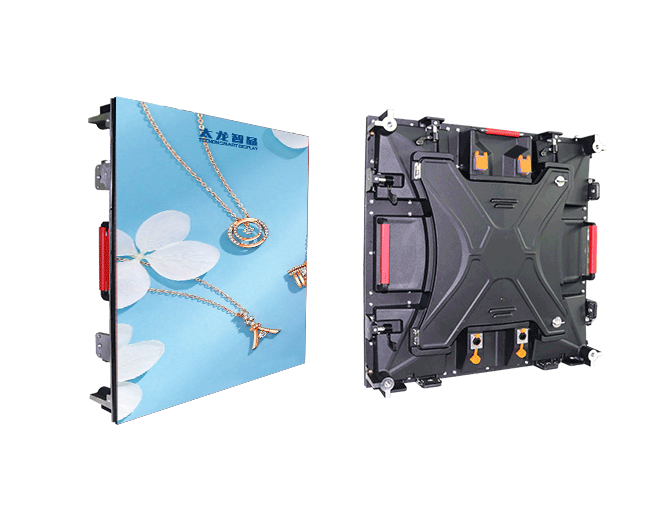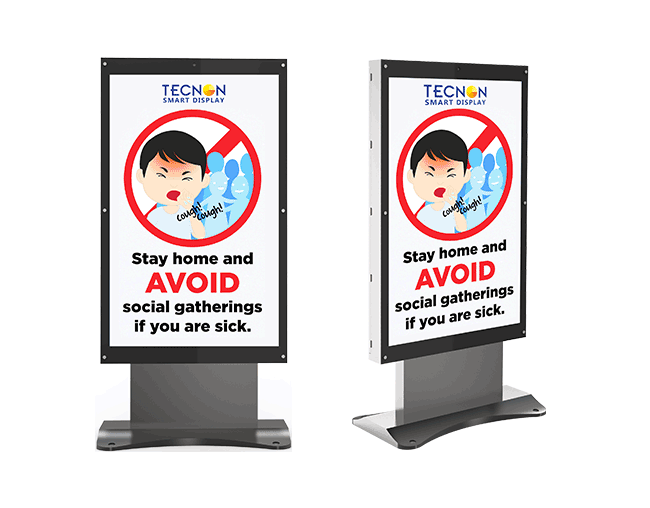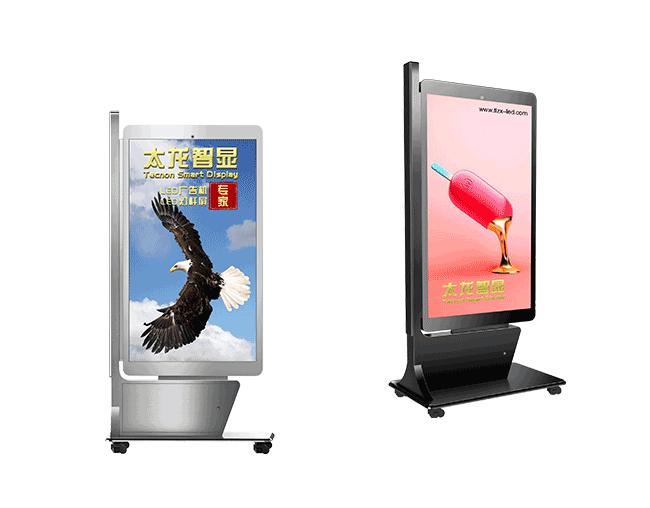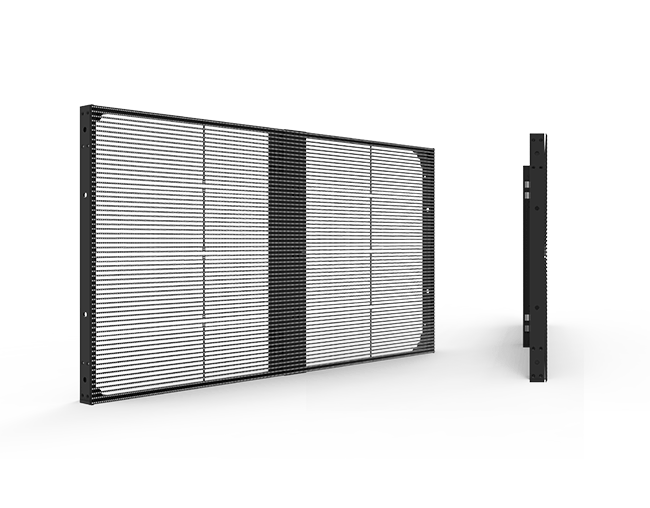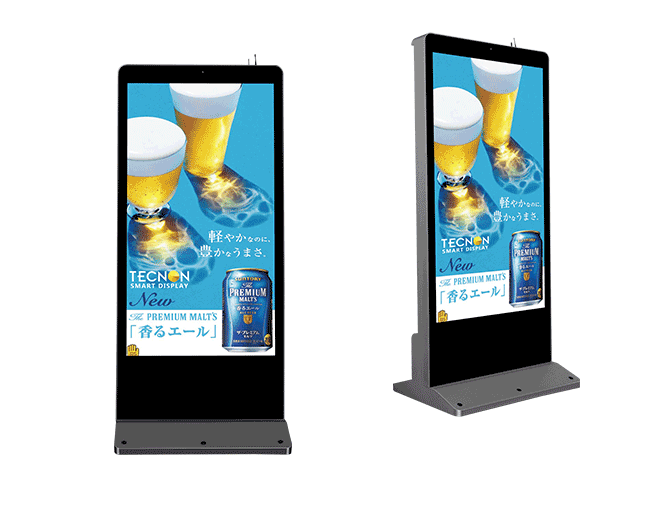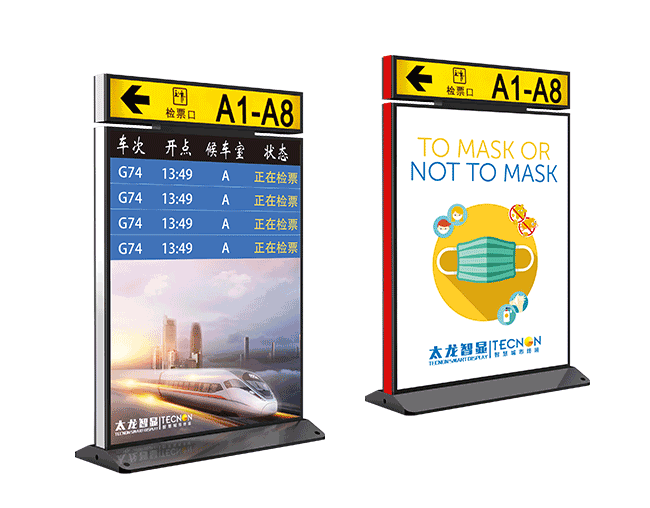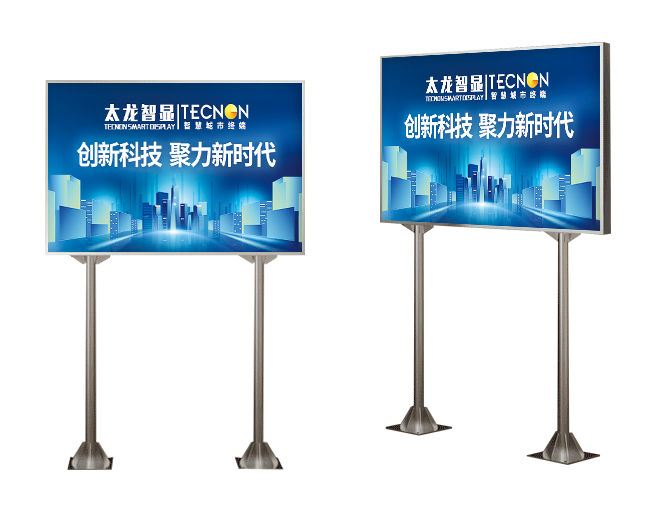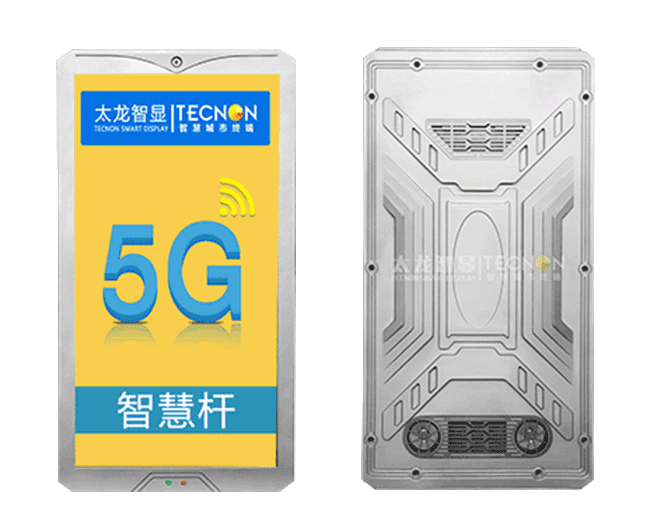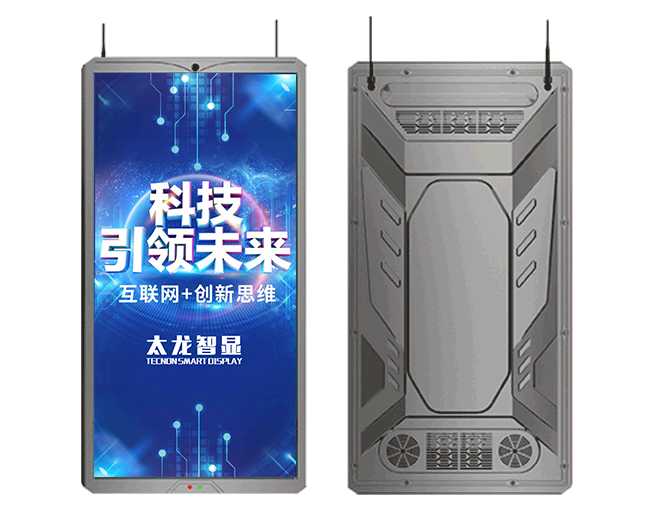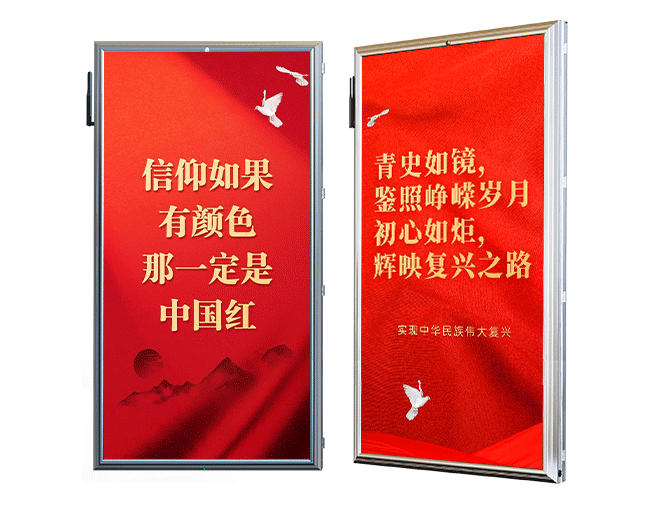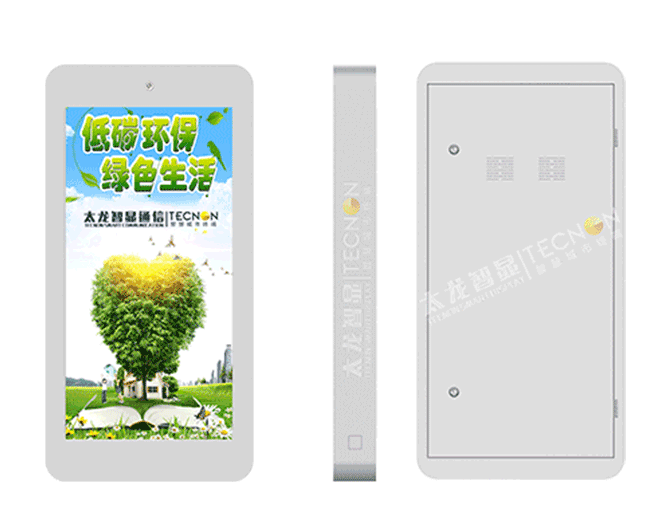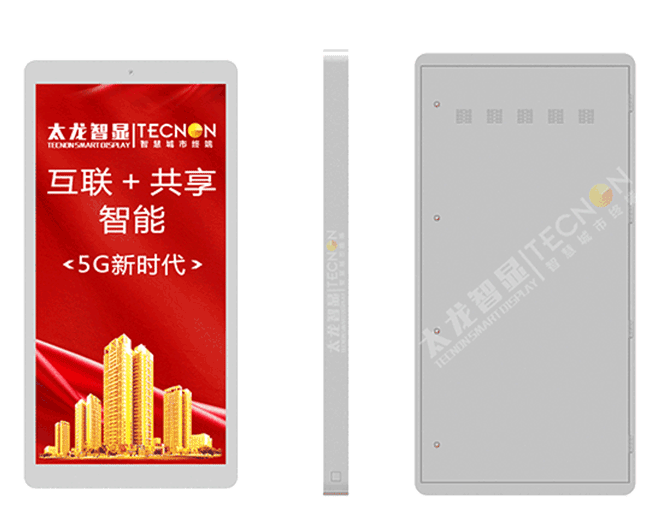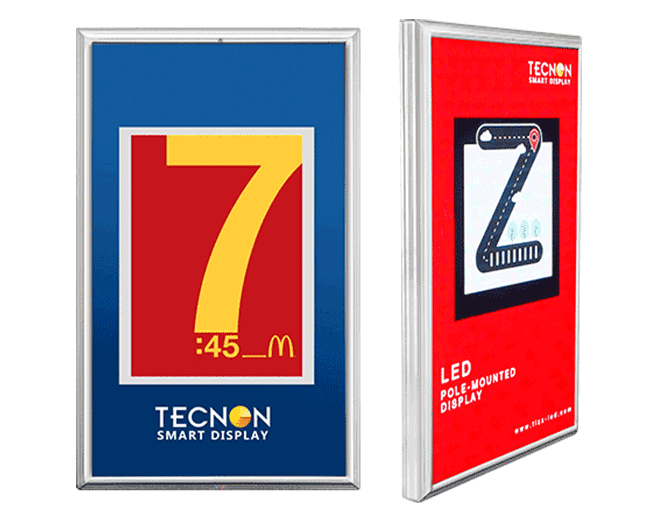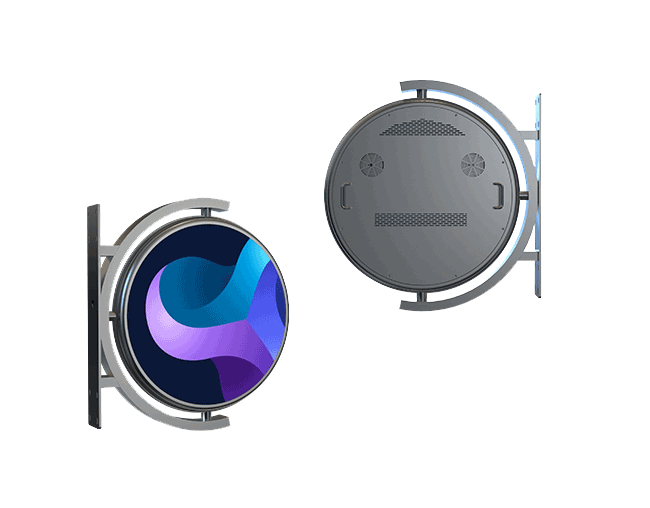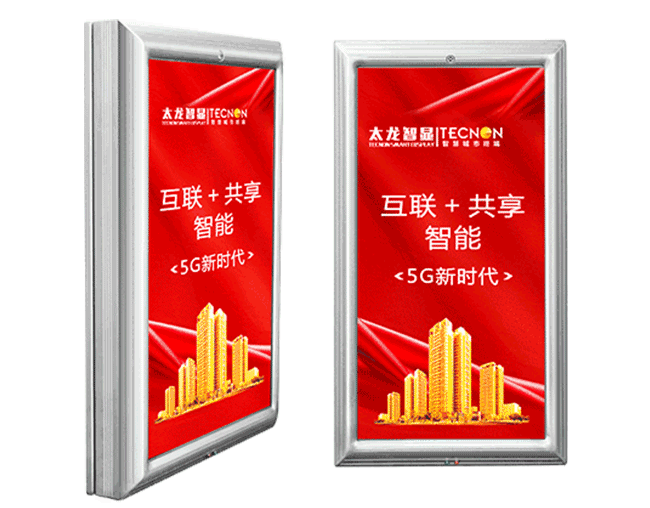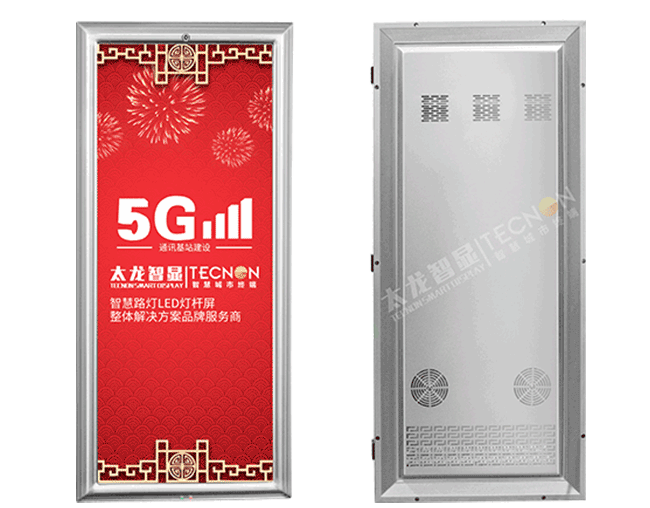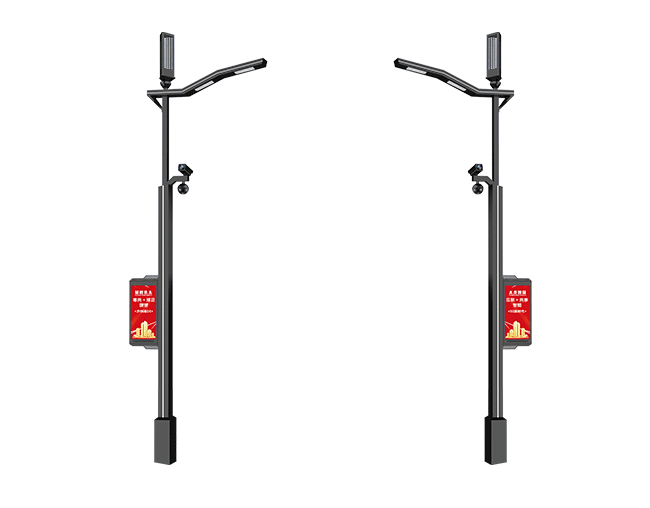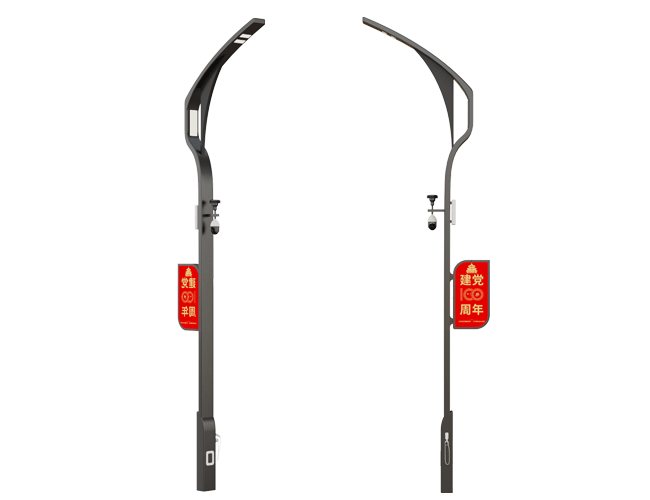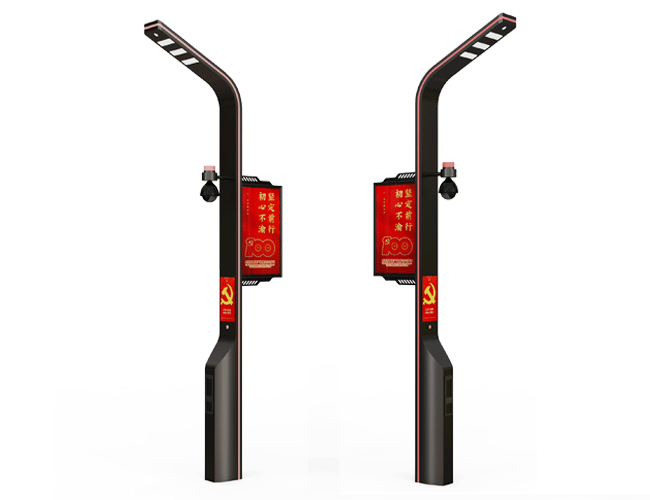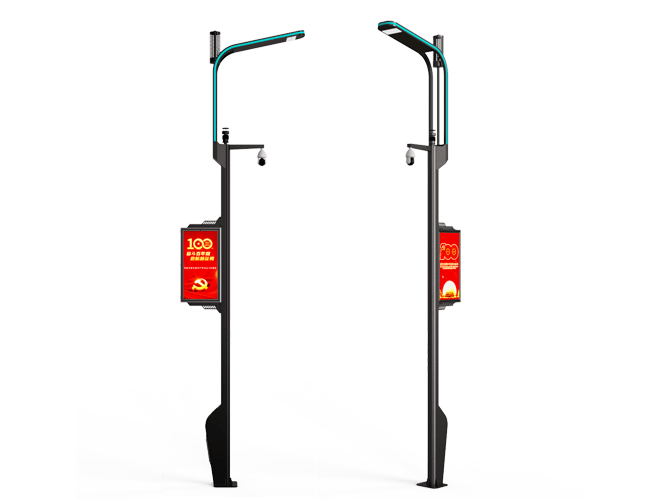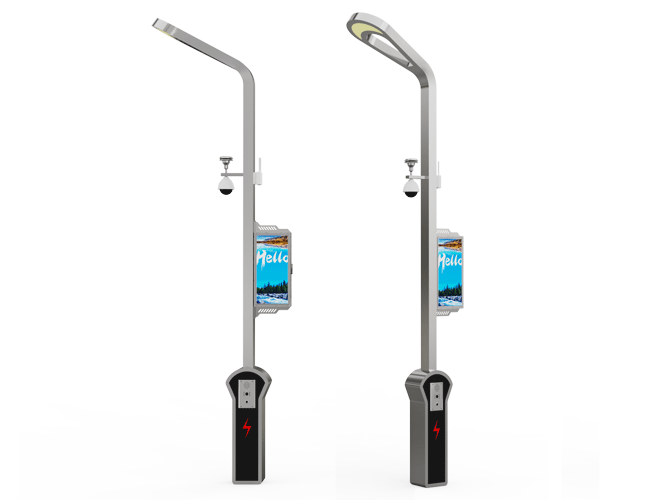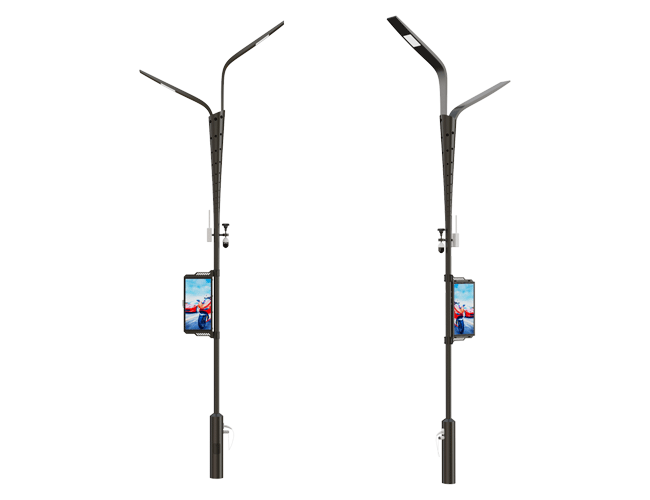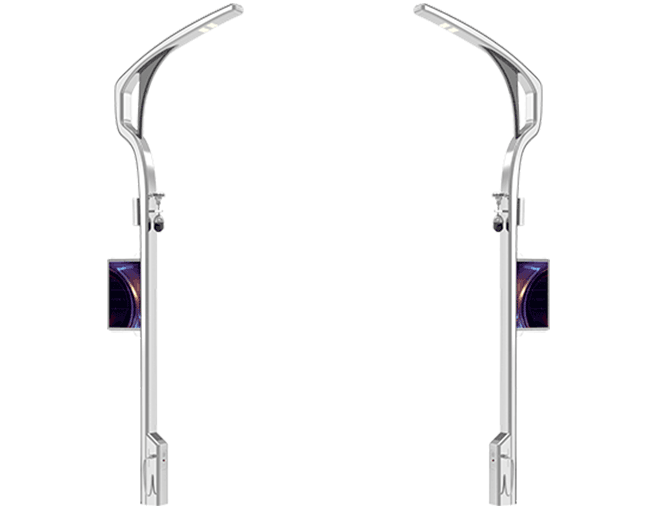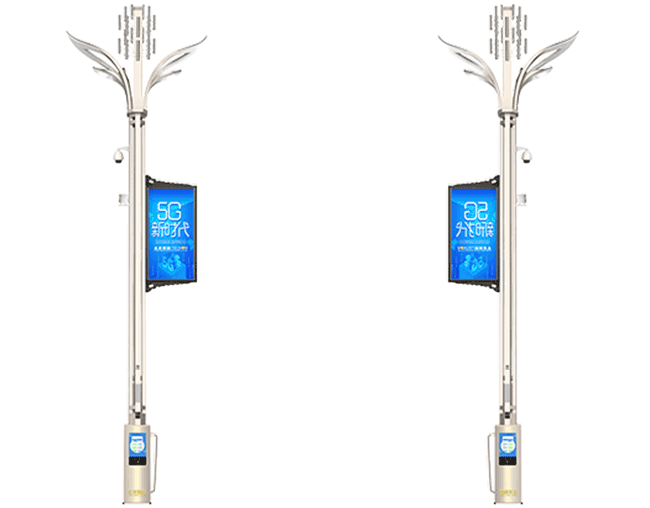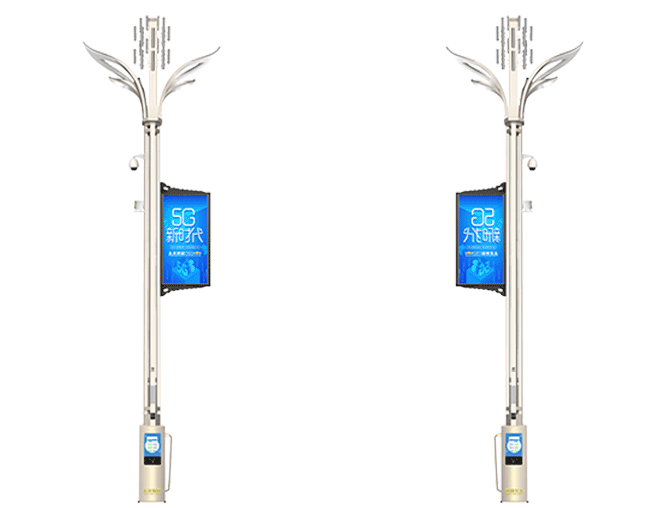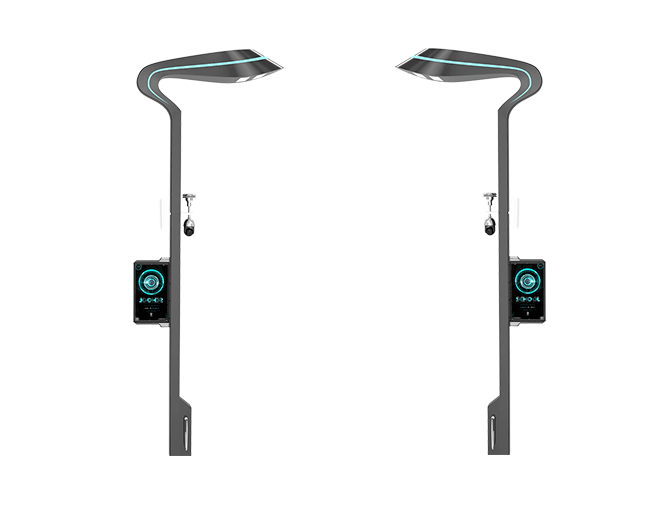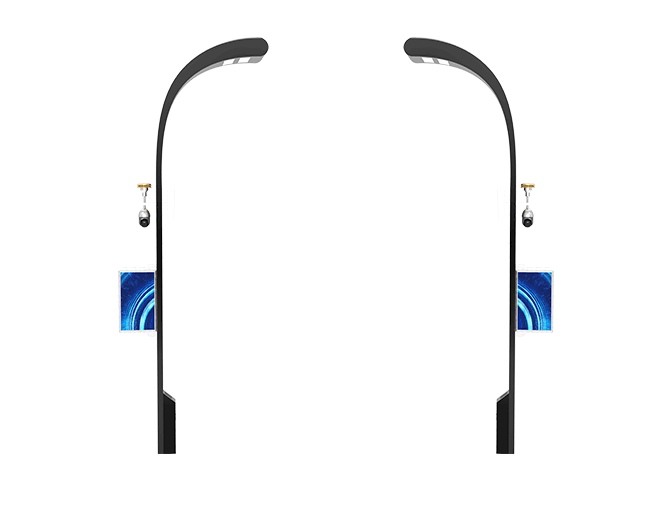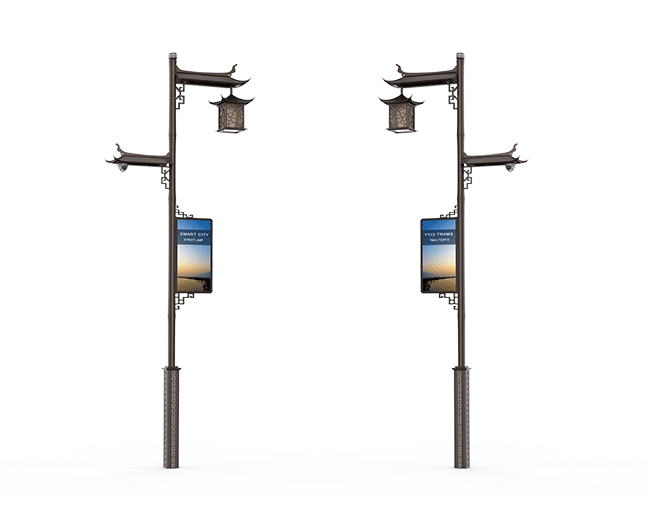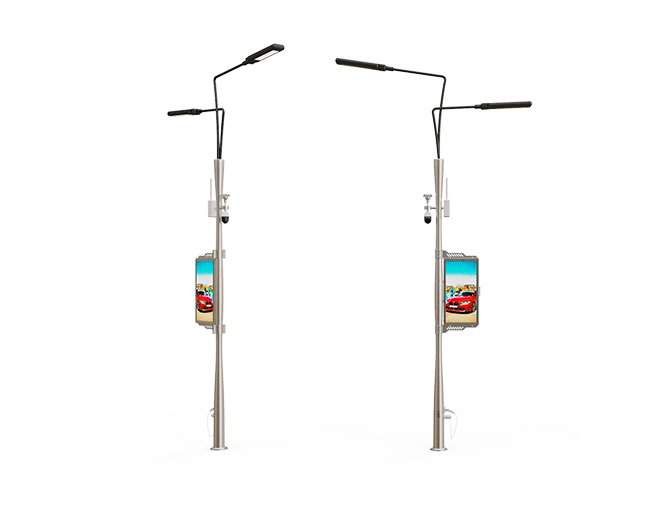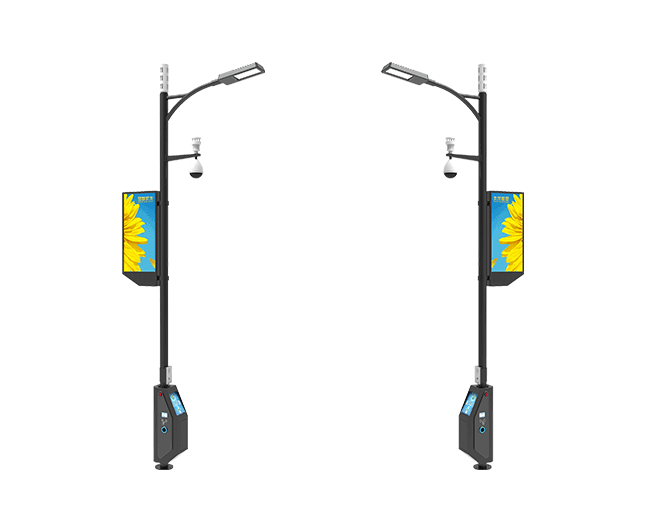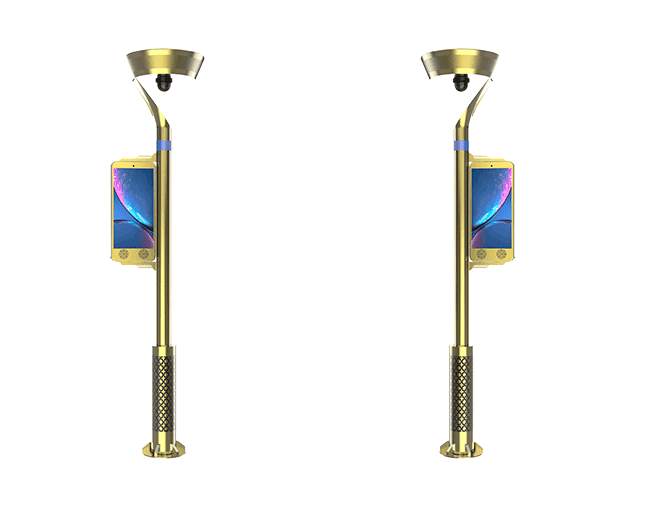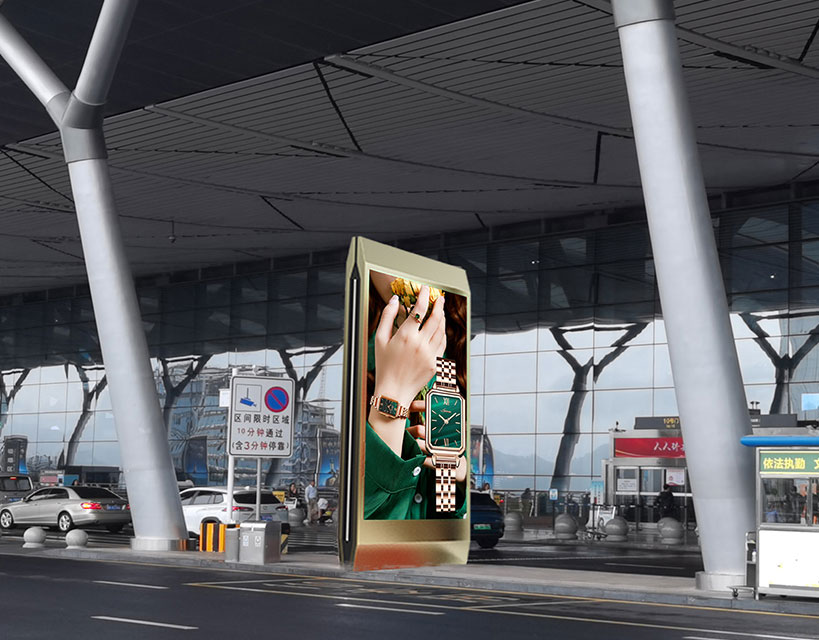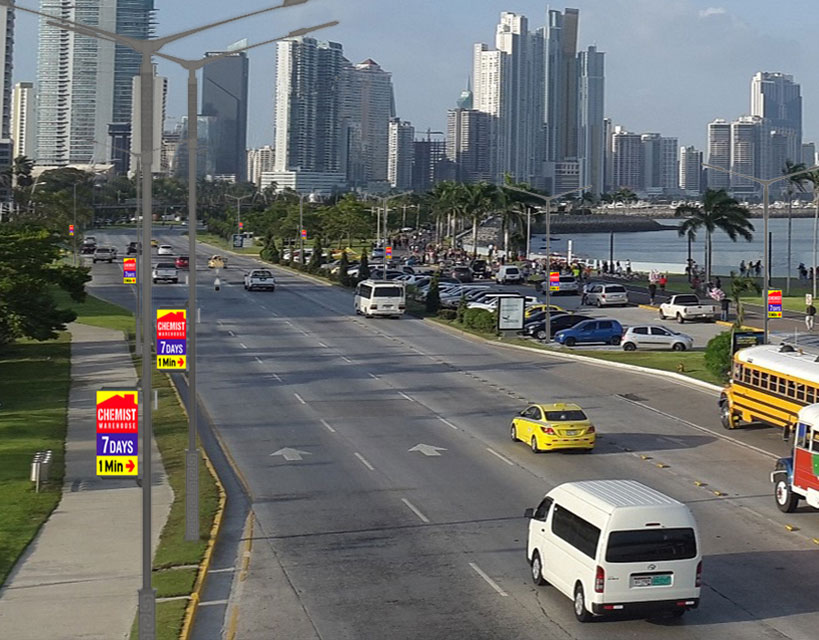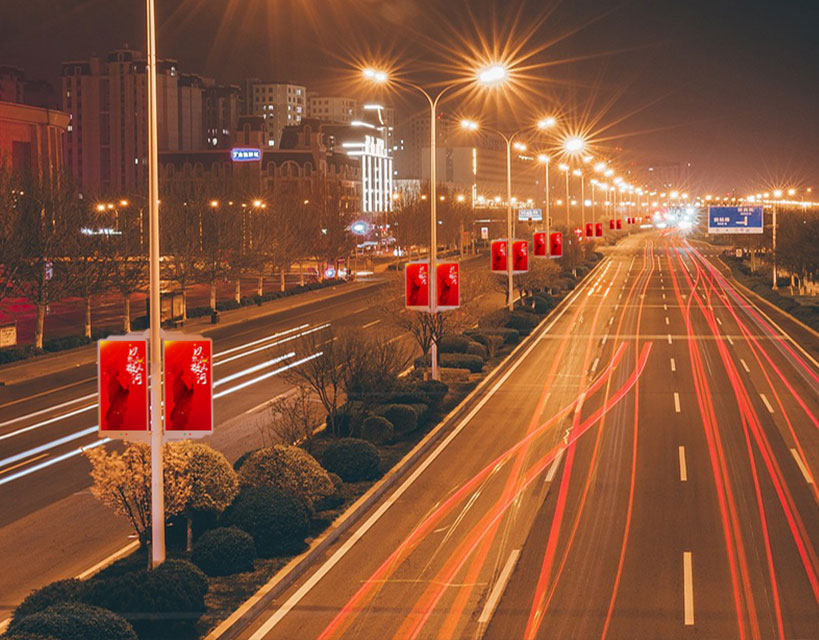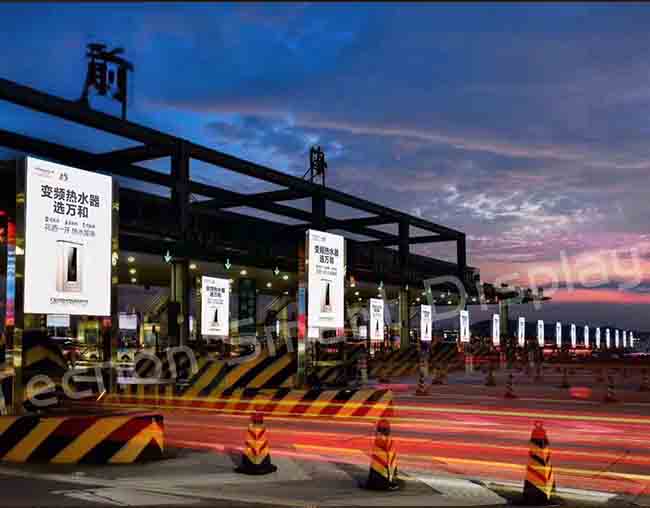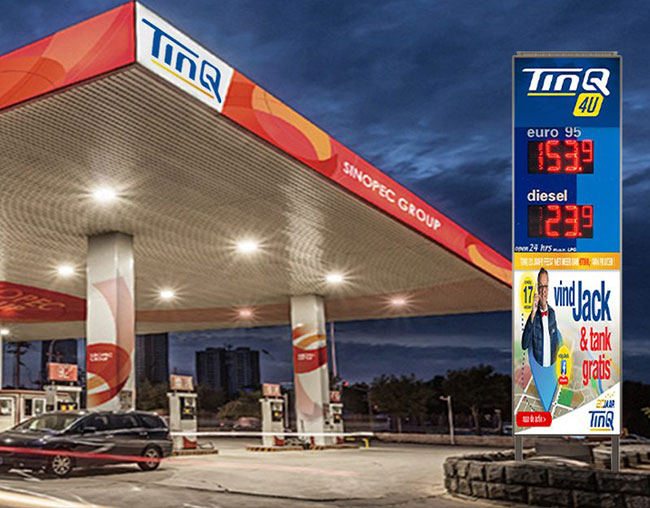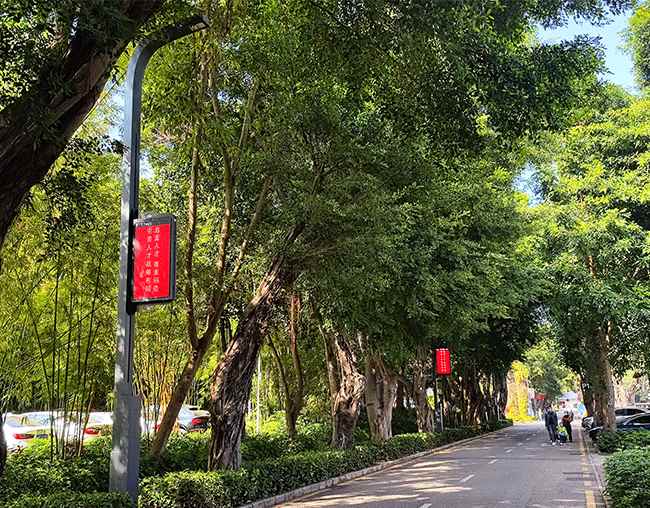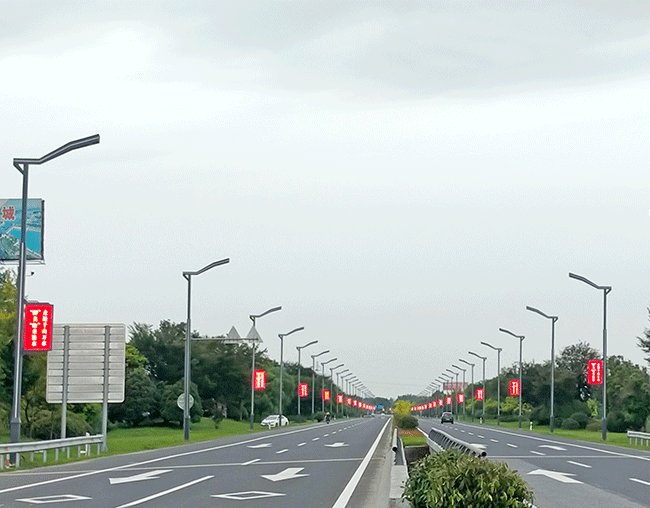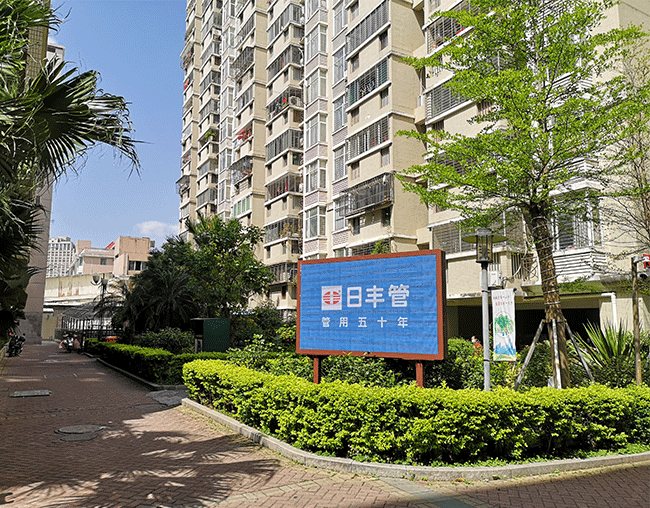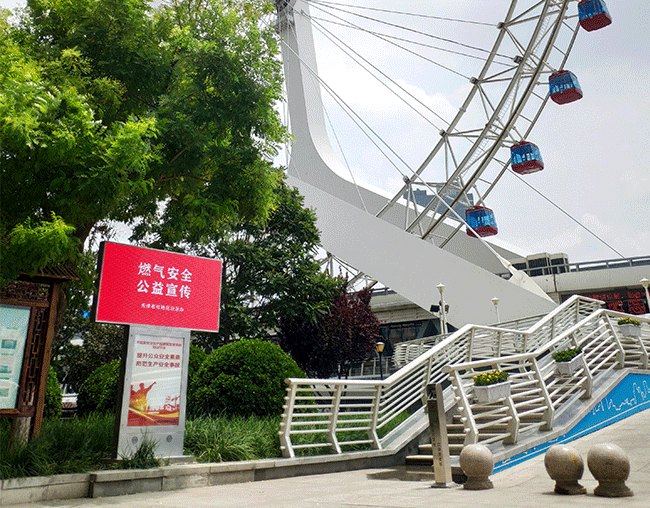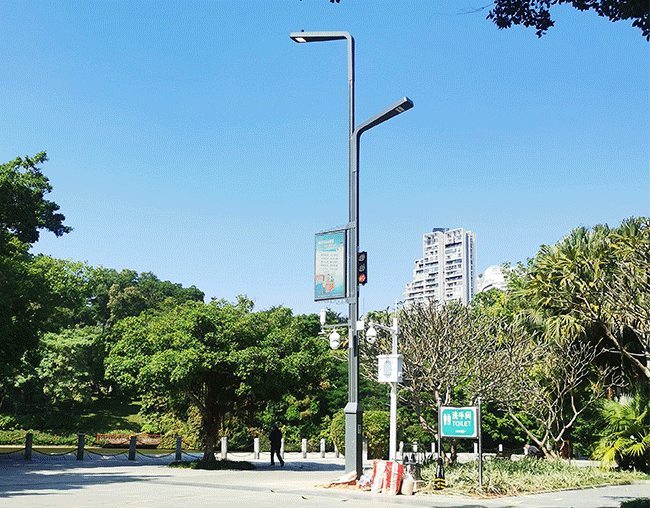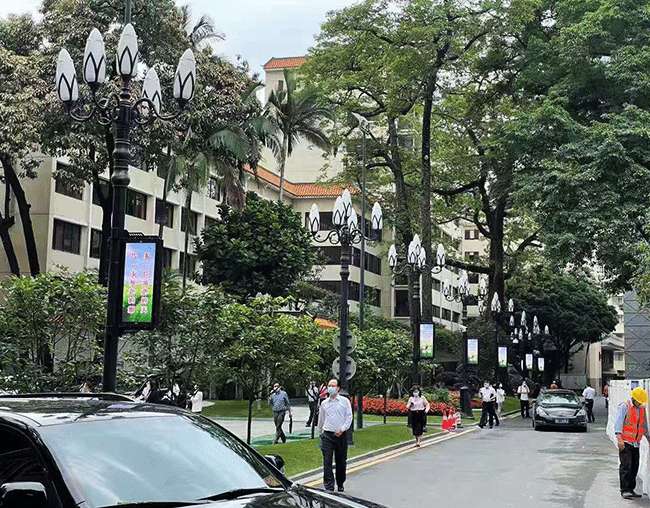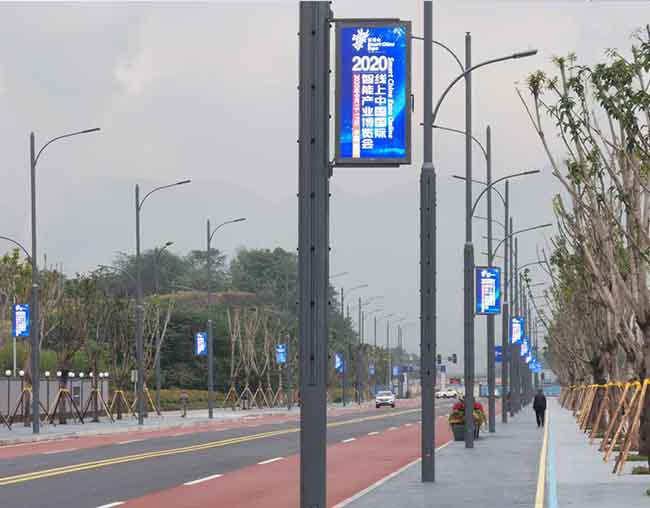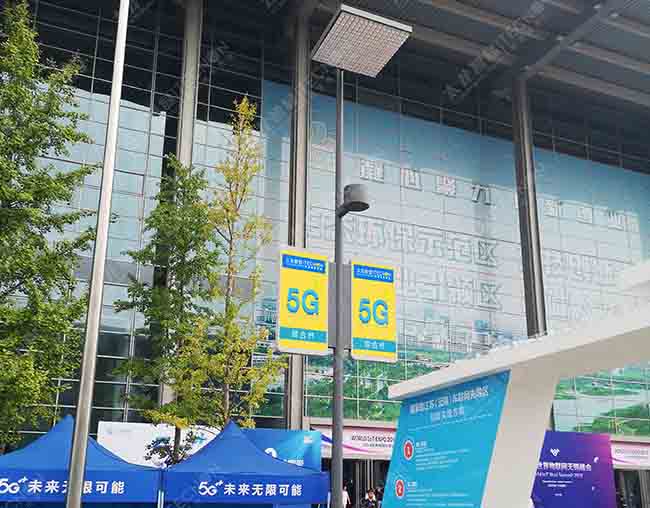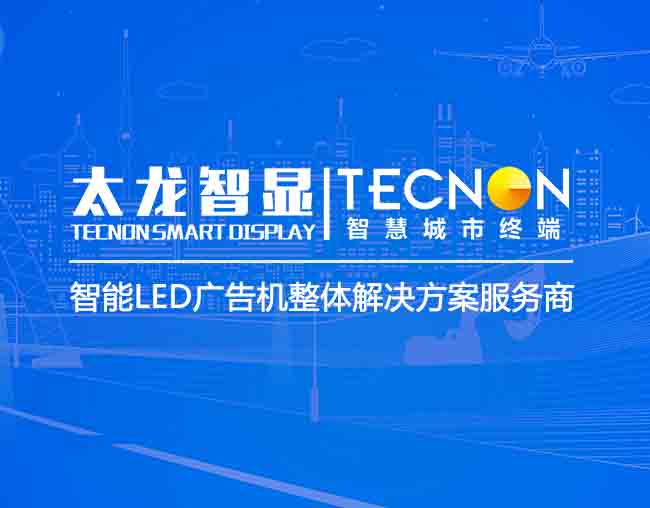LED light pole screen : creating a new paradigm for refined urban governance
In the urban transportation system, "capillary" road networks such as branch roads and streets play a key role in diverting the pressure of main roads and optimizing microcirculation. With the deepening of smart city construction, LED light pole screens are becoming the core carrier of road refinement transformation with their high degree of integration, intelligence and scene adaptability. Through the functional upgrades such as multi-pole integration, data perception and interactive services, this technology not only reshapes the form of urban infrastructure, but also promotes the transformation of urban governance from extensive management to refined operation.
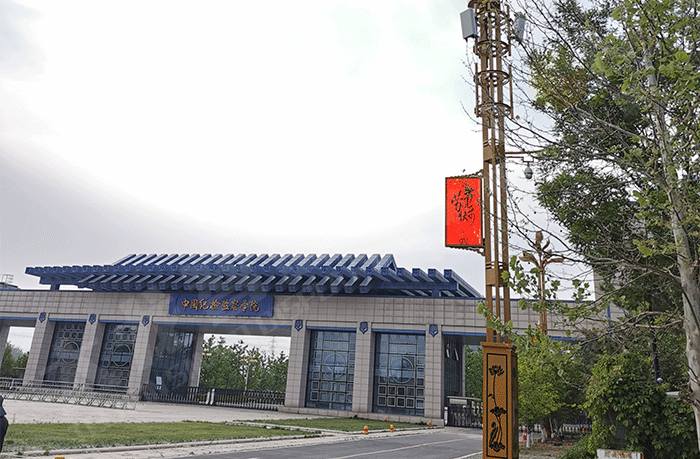
Traditional street lamps only provide a single lighting service, while smart street lamps that integrate LED light pole screens have achieved a double breakthrough in functional integration and resource intensiveness through technological innovation. For example, LED light pole screens can integrate modules such as environmental monitoring (temperature and humidity, PM2.5), video surveillance, information release, 5G micro base stations, etc., to form a composite urban node with "one pole for multiple uses". The smart light pole project in the starting area of the transformation of old and new kinetic energy in Jinan integrates 963 poles through "multi-pole integration" to achieve intensive deployment of functions such as video surveillance, LED information release, and one-button alarm, saving nearly 80,000 kWh of electricity per month. This design not only solves the chaos of "pole-like" traditional roads, but also improves safety through DC distribution suspension power supply technology to avoid the risk of electric shock.
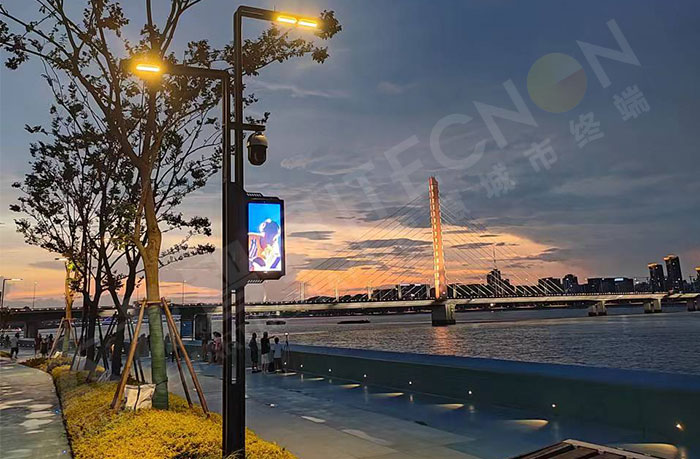
In terms of intelligent control, the LED light pole screen relies on 5G Internet of Things technology to achieve remote management. More than 7,000 smart light poles in the Rongdong area of Xiongan New Area are equipped with radars, cameras and other equipment. Through the digital twin platform, they analyze traffic flow in real time, optimize signal light timing, and increase the efficiency of morning peak traffic by 35%. The smart light poles on Century Avenue in Longgang City use an intelligent dimming system to automatically adjust the brightness according to the flow of people and vehicles, and cooperate with blue auxiliary light sources to improve night driving safety.
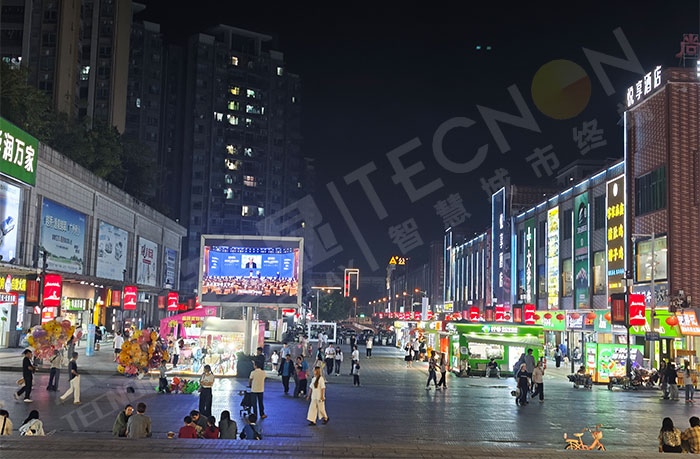
In the transformation of urban branch roads, LED light pole screens release the potential for refined governance through scenario-based applications. The smart pole project on Fanrong Avenue in Licheng District, Quanzhou integrates AI cameras, environmental monitors and other equipment to sense missing manhole covers, road waterlogging, illegal parking and other events in real time, and realizes dynamic management of the entire road section through the digital twin platform. The smart lamp poles along the river on Chongqing Babin Road integrate local cultural characteristics, provide free Wi-Fi, USB charging and other convenient services, and become an important part of the "smart park".
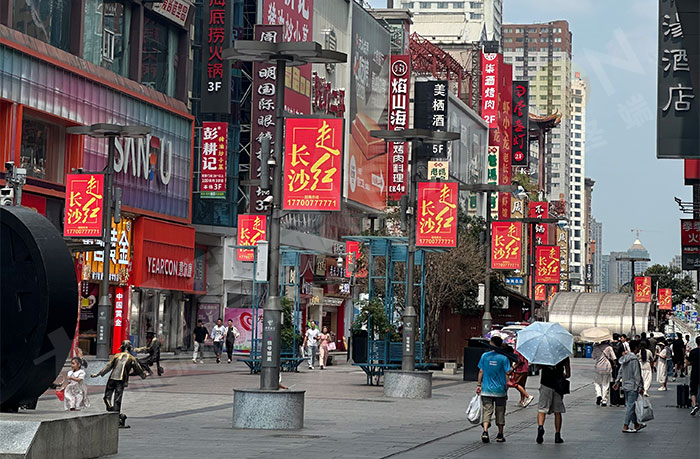
In rural and remote areas, LED lamp pole screens have become a link between resources and industries. Some projects have released logistics information in real time and reduced transportation costs by building smart lamp poles on newly built industrial roads, realizing "building one road and developing one industry". In addition, LED lamp pole screens show outstanding value in emergency scenarios: the lamp poles on Jinan Yellow River Avenue are equipped with emergency broadcast systems, which can quickly issue alarms in emergencies; some sections of Fuzhou use the linkage traffic violation capture system to display illegal images in real time and strengthen traffic order management.

With the advancement of technology, LED lamp pole screens are being upgraded from functional carriers to "nerve endings" of urban perception networks. The smart lamp poles on Quanzhou Fanrong Avenue have reserved chute interfaces to support the subsequent loading of low-altitude sensing equipment, which can provide support for drone navigation and low-altitude traffic management in the future. The deep integration of 5G technology promotes innovation in interactive methods, such as voice recognition, gesture control and other functions, so that citizens can query real-time public transportation and call emergency services through the lamp pole screen.
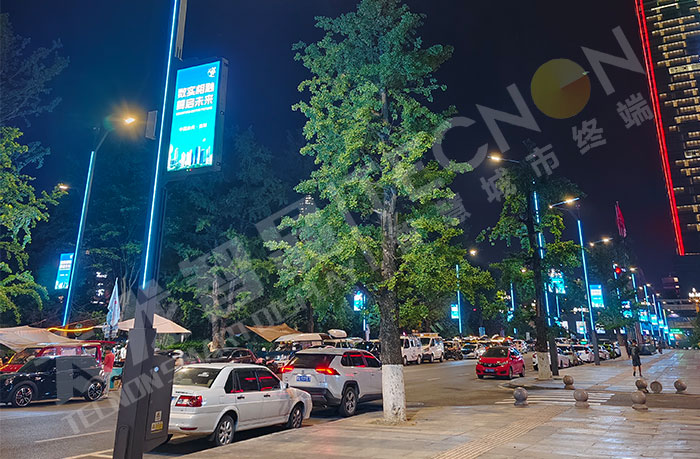
In the field of energy, the green trend of LED lamp pole screens is significant. Longgang City's smart lamp poles use LED lighting technology with a light efficiency of 180lm/W, combined with a solar power supply system, and the energy saving rate is 33% higher than the national standard; Xiong'an New Area uses an intelligent power-saving strategy to save 1.3 degrees of electricity per pole per day, helping to achieve the "dual carbon" goal. The combination of photovoltaic and energy storage technology will promote the self-sufficiency of lamp pole energy and build a zero-carbon road closed loop.
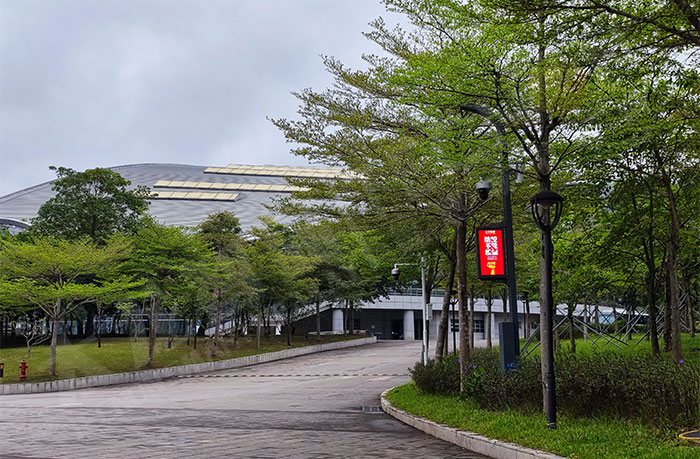
The popularity of LED lamp pole screens marks the transition of urban infrastructure from "function-driven" to "data-driven". Through intensive design, intelligent interaction and ecological energy system, this technology not only optimizes the traffic efficiency of the "capillary" road network, but also connects multi-dimensional governance scenarios such as transportation, environment, and security with data as the link. With the expansion of new business forms such as digital twins and low-altitude economy, LED lamp pole screens will become the core foundation of smart cities, pushing cities towards a new stage of "perceptible, thinking, and warm".




